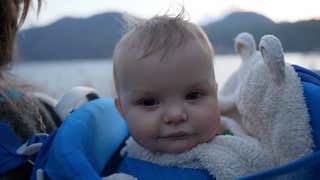TOP STORY

Dortmund 14-Day Weather Forecast
Check out the weather forecast for the next two weeks in Dortmund. Detailed daily weather will help you plan ahead for sunny, cloudy, rainy, or cold days! Day 1: Tuesday, February 25, 2025 Weather: Sprinkles late. Overcast High Temperature: 15°C Low Temperature: 9°C Wind Speed: 24 km/h Precipitation Chance: 64%...


























